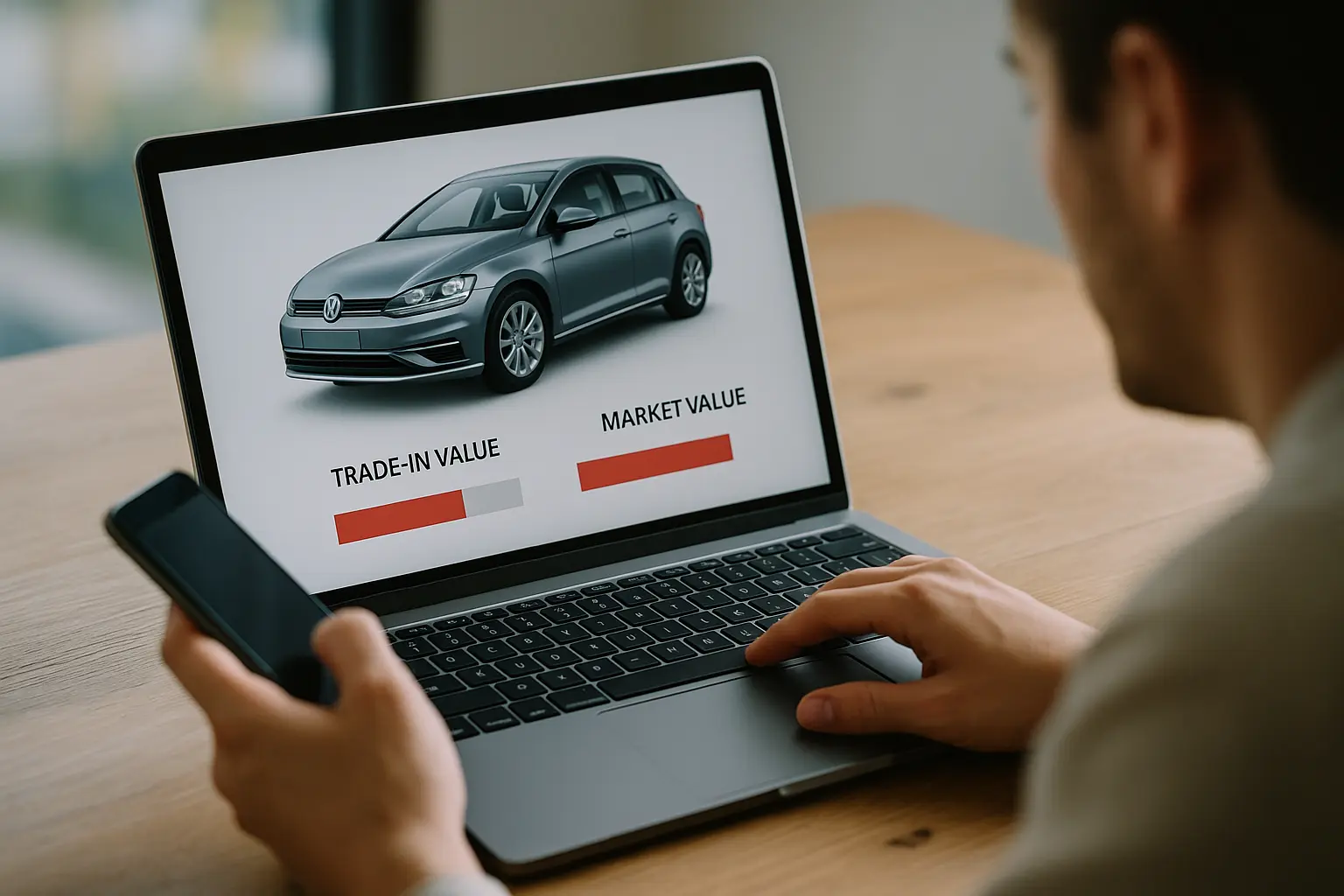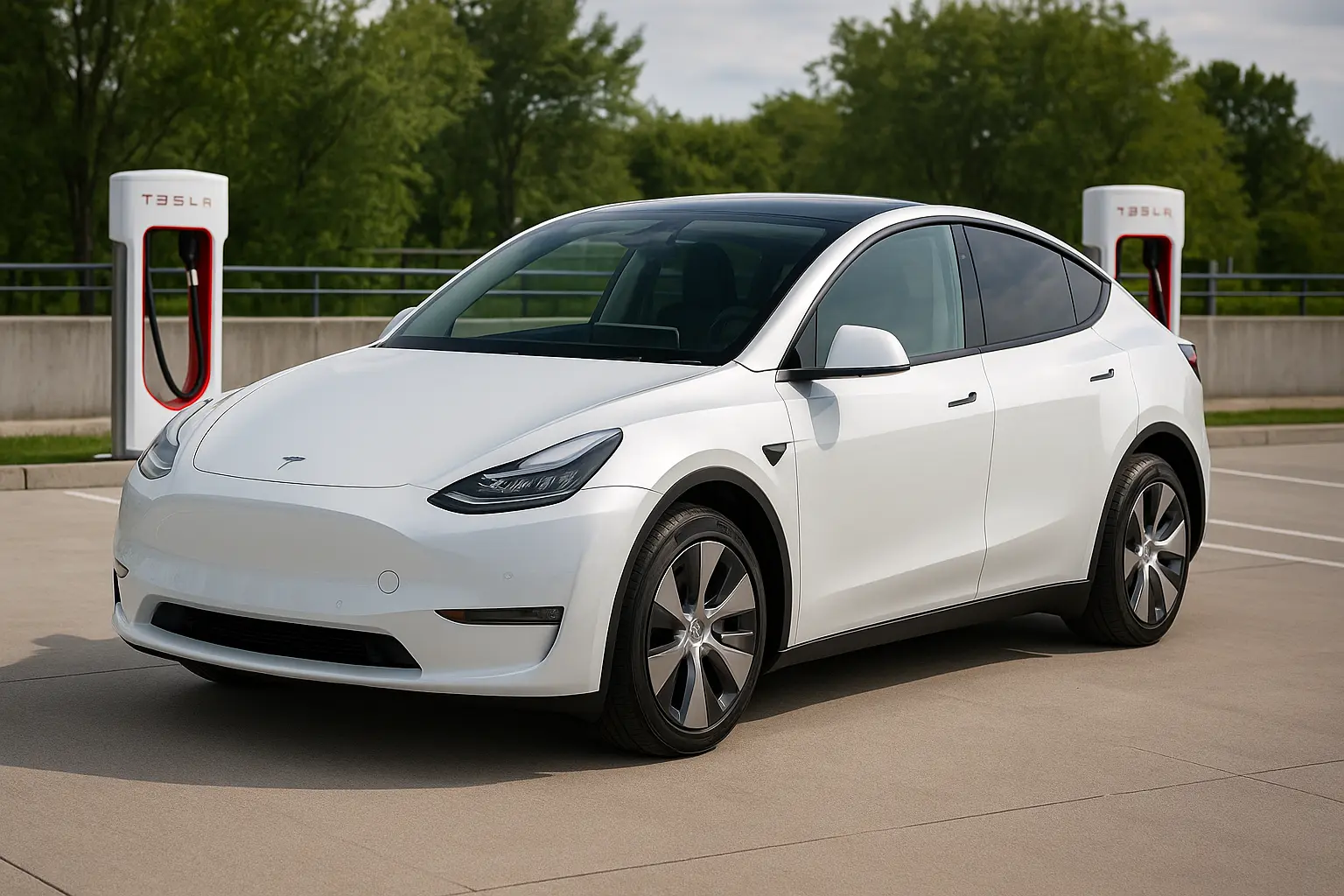How Accurate Are Car Valuation Tools in Australia in 2025?

In the ever-changing automotive landscape of 2025, Australian car buyers and sellers are increasingly turning to car valuation tools to check the current worth of their vehicles. Whether you're trading in at a dealership, selling privately, or just curious about what your ride is worth, these tools offer a quick and convenient solution. But the burning question remains: how accurate are car valuation tools in Australia in 2025?
With the surge in online car pricing platforms and used car estimate systems, accuracy is more important than ever. Let's break down the technology, the factors affecting valuation accuracy, and how Aussies can best use these tools to their advantage.
Contents
Introduction to Car Valuation Tools in 2025
Why Valuation Accuracy Matters in Today’s Market
Top Car Valuation Tools in Australia
How These Tools Work
Factors That Influence Accuracy
Common Gaps Between Tool Estimates and Real Market Prices
Dealer vs Online Valuations
Tips for Getting the Most Accurate Car Value
Real-World Feedback: What Aussie Buyers & Sellers Say
Future Trends: AI and Dynamic Pricing in 2026 & Beyond
Conclusion: Should You Rely on Online Valuations?
1. Introduction to Car Valuation Tools in 2025
Australia’s car market has seen massive changes over the past few years. The shift to digital, pandemic-era supply chain disruptions, and evolving buyer expectations have all contributed to more people turning to car valuation tools for instant, data-backed answers.
In 2025, most major car websites like CarsGuide, RedBook, Drive, and CarExpert offer some version of a car value checker. Finance companies, dealerships, and insurance providers also integrate these tools into their platforms.
But what are they really offering? Are they telling you what you could sell for, or what you should sell for?
2. Why Valuation Accuracy Matters in Today’s Market
An incorrect valuation can cost you thousands — especially in the volatile used car market.
Sellers could list too high and deter buyers, or list too low and lose money.
Buyers rely on valuations to avoid overpaying.
Dealers use valuations as negotiation leverage.
Finance companies use them to determine loan amounts or trade-in values.
Insurance companies use them to determine payouts or premiums.
Inaccurate online car pricing doesn’t just cause confusion — it can lead to bad financial decisions.
3. Top Car Valuation Tools in Australia (2025)
Here are the leading valuation tools commonly used across Australia:
✅ RedBook
Often integrated with car dealerships and car sales websites, RedBook offers trade-in, private sale, and market range estimates. Known for conservative pricing.
✅ CarsGuide Car Valuation
Powered by RedBook data, offers quick lookup by make/model/year. Commonly used by private sellers.
✅ Drive.com.au Valuation
Provides a market snapshot for used cars including dealer and private value ranges.
✅ CarExpert Estimate
Uses AI and market insights to generate car valuations and price guides.
✅ Pickles and Manheim (Auction Valuation)
Provides auction house valuations that often reflect wholesale pricing, typically lower than private sale values.
✅ Insurance Company Tools
Brands like NRMA and RACV often offer valuation estimates based on claims history and adjusted risk factors.
4. How These Tools Work
Most online car valuation tools work using one or a combination of these methods:
A. Historical Sales Data
Pulls from past sales of similar make/model/year with comparable specs.
B. Dealer Listings
Scans active listings from dealers to estimate the median asking price.
C. Private Sale Trends
Incorporates recent classified ad prices.
D. Auction Results
Used especially in wholesale estimations.
E. Algorithmic Adjustments
AI/ML algorithms adjust price based on kilometres, condition, location, trim level, optional features, and market demand.
These tools provide a price range rather than a fixed number — reflecting both the car's ideal condition and a more “realistic” average.
5. Factors That Influence Accuracy
Let’s take a look at what influences how accurate your car valuation tool result will be.
➤ Vehicle Condition
Online tools assume average condition. A car with a dented panel or full-service history will get very different real-world pricing.
➤ Service History
Well-maintained vehicles with logbooks and receipts command higher value, but most tools don’t factor that in deeply.
➤ Optional Features
Sunroof, leather seats, upgraded infotainment — many tools skip this unless you specify.
➤ Mileage/Kilometres
A huge value factor, but online tools generalise or let you manually input the number.
➤ Geographical Demand
A ute might fetch more in rural QLD than in inner-city Sydney. Tools rarely adjust for hyper-local trends.
➤ Colour
White, black, and silver often resell better than rare hues. Some tools skip this nuance.
➤ Market Volatility
Rising fuel prices, interest rates, or a flood of EVs can suddenly shift market value — tools are often days or weeks behind in adjusting.
6. Common Gaps Between Tool Estimates and Real Market Prices
Here's what Aussie car owners often experience:
Trade-in values are often lower than tool estimates (dealers subtract reconditioning, profit margin, etc.)
Private sellers can sometimes get more than estimated range if demand is high for that model.
Classic or rare vehicles are often under-valued by automated tools.
EVs and hybrids fluctuate more depending on battery health and availability, making valuations inconsistent.
Example: A 2022 Toyota Corolla Hybrid might show a $29,000–$32,000 range on RedBook but may actually sell for $33,500+ in a low-supply region.
7. Dealer vs Online Valuations
✅ Online Tools:
Free
Fast
Private
Based on generalised data
Best for reference pricing
✅ Dealers:
Include vehicle inspection
May offer a lower trade-in for profit margin
Reflect actual market buying intent
Best for real-world transaction pricing
Tip: Use an online tool to prepare for dealer negotiation, but don’t rely on it as the final price.
8. Tips for Getting the Most Accurate Car Value
Want to get the most realistic value estimate in 2025? Here’s how:
✅ Use multiple tools (RedBook + Drive + CarExpert).
✅ Add your exact spec, trim, km, and optional features when available.
✅ Compare with real current listings in your area (Carsales, Facebook Marketplace, Gumtree).
✅ Factor in the season — convertibles sell better in summer, 4x4s in winter.
✅ Don’t forget to check auction sites for wholesale pricing if selling to dealers.
✅ Use tools as a starting point, not the final word.
9. Real-World Feedback: What Aussie Buyers & Sellers Say
Here’s what Australians are saying in 2025 about online car valuations:
“RedBook said my Hilux was worth $36,000, but I got $39,000 on Facebook within a week.”
– Jason T., Toowoomba
“The valuation was useful for understanding where to start, but my dealer offered $2k below the tool estimate.”
– Priya M., Melbourne
“CarExpert's AI model gave me a pretty spot-on value. It even adjusted for low kms and sunroof.”
– Lewis D., Perth
The consensus?
They’re helpful, but not gospel. The real-world sale still depends on presentation, negotiation, and timing.
10. Future Trends: AI and Dynamic Pricing in 2026 & Beyond
Australia’s car tech space is rapidly evolving, and valuation tools are set to become more intelligent and personalised.
Expected upgrades include:
Live integration with real-time listings (dynamic pricing updates).
More accurate AI models that understand local market quirks.
Car condition scanning apps that estimate value from phone photos.
Connected vehicle data (service history, OBD logs, etc.) feeding into valuation algorithms.
Blockchain-based valuation records ensuring transparency.
By 2026, we may see tools that not only give you a value but also instantly connect you to buyers in that price range.
11. Conclusion: Should You Rely on Online Valuations?
So, are car valuation tools in Australia in 2025 accurate?
Yes – within reason.
They’re a fantastic starting point, give you negotiating power, and can help avoid getting ripped off. But they are not always aligned with the fast-changing, emotional nature of used car sales.
To get the best result, combine tool estimates with your own market research, and don’t underestimate the impact of how well you present and price your car.
Leave a comment
Your email address will not be published. Required fields are marked *




















